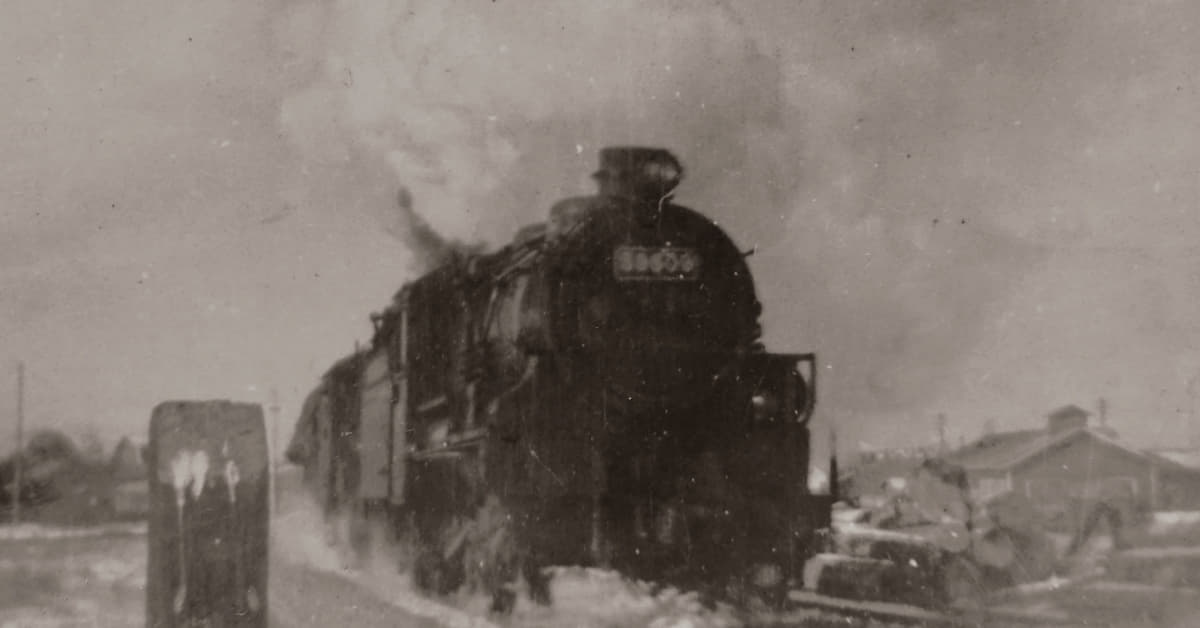In the ever-evolving world of photography, the art of preserving and restoring historical images has become an indispensable aspect. The history of photo restoration is a captivating journey that intertwines technological advancements, artistic expertise, and a profound commitment to safeguarding our visual heritage.
The Genesis of Photo Restoration
Photo restoration traces its roots back to the early 19th century, coinciding with the advent of photography itself. Daguerreotypes and tintypes, among the earliest photographic processes, presented a novel challenge – susceptibility to damage and deterioration. Pioneering photographers and artists recognized the need to protect and rejuvenate these visual records, giving birth to the concept of photo restoration.
Early Techniques
Before the digital era, photo restoration was a meticulous manual process. Skilled artists employed techniques such as hand-painting, airbrushing, and retouching with great precision. These methods aimed to repair physical damage like scratches, tears, and fading, ensuring the longevity of precious images.
The Digital Revolution
The late 20th century witnessed a transformative shift with the advent of digital technology. Scanners, photo editing software, and powerful computers allowed for a more efficient and accurate restoration process. Digital restoration not only preserved images but also opened up new possibilities for enhancing and recreating details that may have been lost over time.
Evolution of Software and Tools
As technology continued to progress, specialized software designed for photo restoration emerged. Programs like Adobe Photoshop and other dedicated restoration tools empowered both professionals and enthusiasts to revive damaged photographs with greater ease. The ability to work with layers, clone stamping, and advanced algorithms elevated the precision and quality of restoration work.
Preservation of Cultural Heritage
Photo restoration plays a crucial role in preserving cultural heritage. Institutions, museums, and archives around the world leverage these techniques to safeguard historical photographs, ensuring they remain accessible to future generations. The restoration of iconic images, capturing pivotal moments in history, contributes to a collective memory that transcends time.
FAQs
How long does the photo restoration process take?
The duration varies based on the extent of damage and the complexity of the restoration. Simple fixes may take a few hours, while more intricate projects could span several days.
Can any photograph be restored?
In most cases, yes. However, the success of restoration depends on factors like the severity of damage, the quality of the original image, and the expertise of the restorer.
Is digital restoration better than traditional methods?
Digital restoration offers greater precision and efficiency, allowing for detailed work. However, the choice between digital and traditional methods depends on the specific needs of the project and the preferences of the restorer.
How can one prevent photo damage in the first place?
To prevent damage, store photographs in a cool, dry place away from direct sunlight. Handle them with clean hands, and consider making digital copies for safekeeping.
Conclusion
The history of photo restoration is a tale of innovation, dedication, and a profound appreciation for the visual narratives that define our past. From the early days of manual techniques to the digital era, photo restoration continues to evolve, ensuring that the timeless beauty of historical images remains vibrant for generations to come.
This page was last edited on 25 February 2024, at 11:57 am
